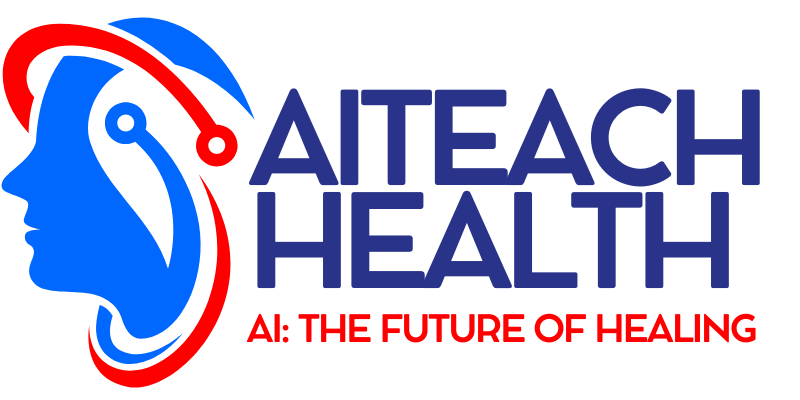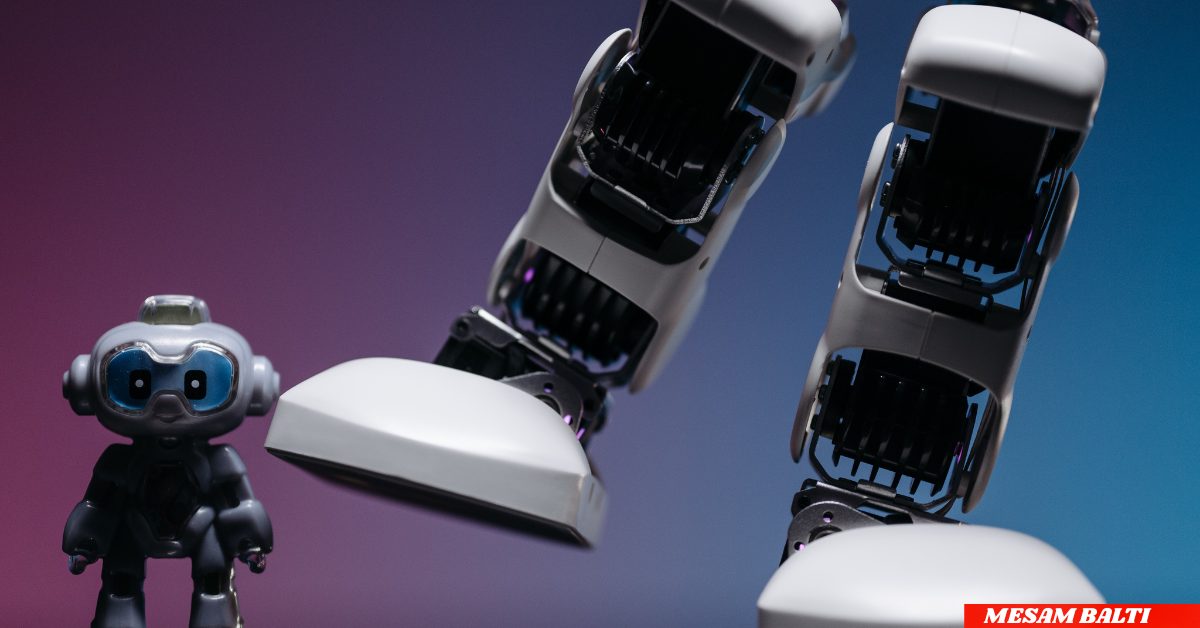Introduction
Picture a world in which doctors could know a child’s illness before it even makes her feel sick — and safely and quickly treat her while she’s still healthy. This is not science fiction — it is the promise of AI in pediatric care: safer, smarter and more predictive. This big idea is AI in medicine, and especially in pediatrics. Using artificial intelligence from early detection to individualized treatment regimens, we’re changing the way care is delivered for our littlest patients. We take a look at how AI is empowering pediatric care to be more effective in this story, discussing its real-world applications and where it’s headed.
AI in Pediatric Care
Data is driving pediatric health into an era of artificial intelligence. Not like the traditional approaches: “AI processes huge quantities of medical data rapidly and provides new insights into medical decision-making.” By adopting AI in childcare (safer, smarter, predictive) with which healthcare providers are able to act quickly, reduce risks and better quality of life for children.
Why AI Matters for Kids
- Improving diagnostic accuracy: AI tools analyze symptoms, medical histories and images with accuracy that is beyond that of the human.
- Forecasting: Machine learning models predict health problems before they arise.
- Tailoring treatments: Artificial intelligence customizes treatments for a child’s unique circumstances while reducing adverse effects.
How Artificial Intelligence is Making Pediatric Care Safer
Safety is of utmost importance in pediatric medicine. How AI diminishes human error and keeps care safer As per the experts, through new tools and systems AI makes treatment more safely and reducing human error.
Reducing Diagnostic Errors
The consequences would be very severe if children are misdiagnosed. A.I.-based diagnostic tools in radiology can process X-rays, M.R.I.s and C.T. scans with a high degree of certainty. For instance, a study in 2023 found that AI could accurately diagnose pediatric pneumonia 95 percent of the time, significantly better than standard diagnoses.
Minimizing Medication Risks
Medication errors are particularly harmful to children. AI-enabled tools, including EHR integrations, identify incorrect dosages or possible allergens. These systems cross-check a child’s medical profile, resulting in safer prescriptions.
Smarter Decision-Making with AI
AI doesn’t just make pediatrics safer, it makes it smarter. By analyzing massive datasets, AI helps doctors quickly make informed decisions.
AI in Early Detection
Early diagnosis is important in pediatric patients. Algorithms crunch past patterns in vital signs, lab results and even genetic data to help predict conditions like diabetes or congenital heart disease. For example, an artificial intelligence model from Stanford University forecast that an infant had sepsis long before it displayed symptoms, ultimately saving the infant’s life.
Streamlining Workflow for Pediatricians
AI takes over menial tasks, freeing pediatricians to concentrate on patients. Technology like natural language processing (NLP) can be used to transcribe and summarize patient visits to minimize administrative tasks. This translates into more time for individualized care.
AI Foreseeing the Future in Pediatric Care
What AI can predict in pediatrics: safer, smarter, and much, much more predictive is game-changing. By predicting health risks in advance, you can intervene earlier to mitigate the risk.
Forecasting Chronic Conditions
Some conditions, such as asthma or epilepsy, are chronic and need to be managed over time. AI models forecast flare-ups by analyzing triggers, such as environmental conditions or patient history. For instance, predictive alerts from an AI platform in Boston have led to a 20 percent decrease in ER visits related to asthma.
Supporting Rare Disease Diagnosis
Another topic deals with the problem of diagnosing rare diseases in children, as they are too complicated. AI applications researching genomic sequencing and other tools, for instance, pinpoint rare diseases in patients by comparing the data they generate with global databases. This accelerates diagnosis, providing families with answers more quickly.
Real-Life Applications of AI in Pediatric Care
Case Study: AI for NICUs
In NICUs, AI tracks in real-time the vital signs of premature babies. A system called “HeRO” (Heart Rate Observation), employs AI to predict infections up to 24 hours before symptoms. In hospitals that implemented HeRO, the preterm mortality rate dropped by 22%.
Use Case: AI in Pediatric Oncology
For children with cancer, AI revolutionizes the front line of care. At St. Jude Children’s Research Hospital, AI uses tumor genetics to suggest targeted therapies. Survival rates for children treated for leukemia have been increased 15% over those from traditional methods using this new technique.
Challenges and Ethical Considerations
AI is poised to unlock tremendous benefits, but is not without risk. It angers me and I truly believe that privacy issues, data security and algorithmic bias must be worked out so as to secure the right to receive equitable care. Doctors and engineers should work together to build fair AI systems, which should have the well-being of patients at the forefront.
Ensuring Data Privacy
Children’s medical data is sensitive. HIPAA Regulations must be followed by AI systems to safeguard patient data. Encrypted data storage and solid algorithms are crucial to the trustworthiness.
The Future of AI in Children’s Healthcare
The future of AI in pediatric care: brighter, smarter, more predictive. New technologies such as wearables and telehealth platforms will help to bring AI more into the mainstream, providing constant monitoring and care from afar. For example, smartwatches that monitor a child’s heart rate might notify a parent in real time if something appears abnormal.
As AI advances, its presence in preventive care will grow resulting in an increasingly proactive health care as opposed to reactive health care.
FAQs
How can AI help children receive better care as patients?
AI improves pediatric care, increasing diagnostic accuracy, predicting health risks, and personalizing treatments, ultimately resulting in safer and more evidence-based care.
Can AI be used safely in children’s health?
Yes, provided it is designed ethically and for safety—with a strong emphasis on safety, AI helps to reduce errors and increase patient safety in paediatrics through accurate diagnosis and by predicting risks.
Can AI replace pediatricians?
No, AI is a complement to pediatricians—automating tasks and providing data-driven insights, but human expertise and empathy will still be crucial.
Conclusion
Artificial intelligence in pediatric care: from safe and smart to wise and predictive. From decreasing misdiagnoses to forecasting chronic diseases, AI enables health care professionals to achieve better results. Interested in more news about AI in medicine? Subscribe to our newsletter or let us know in the comments!




